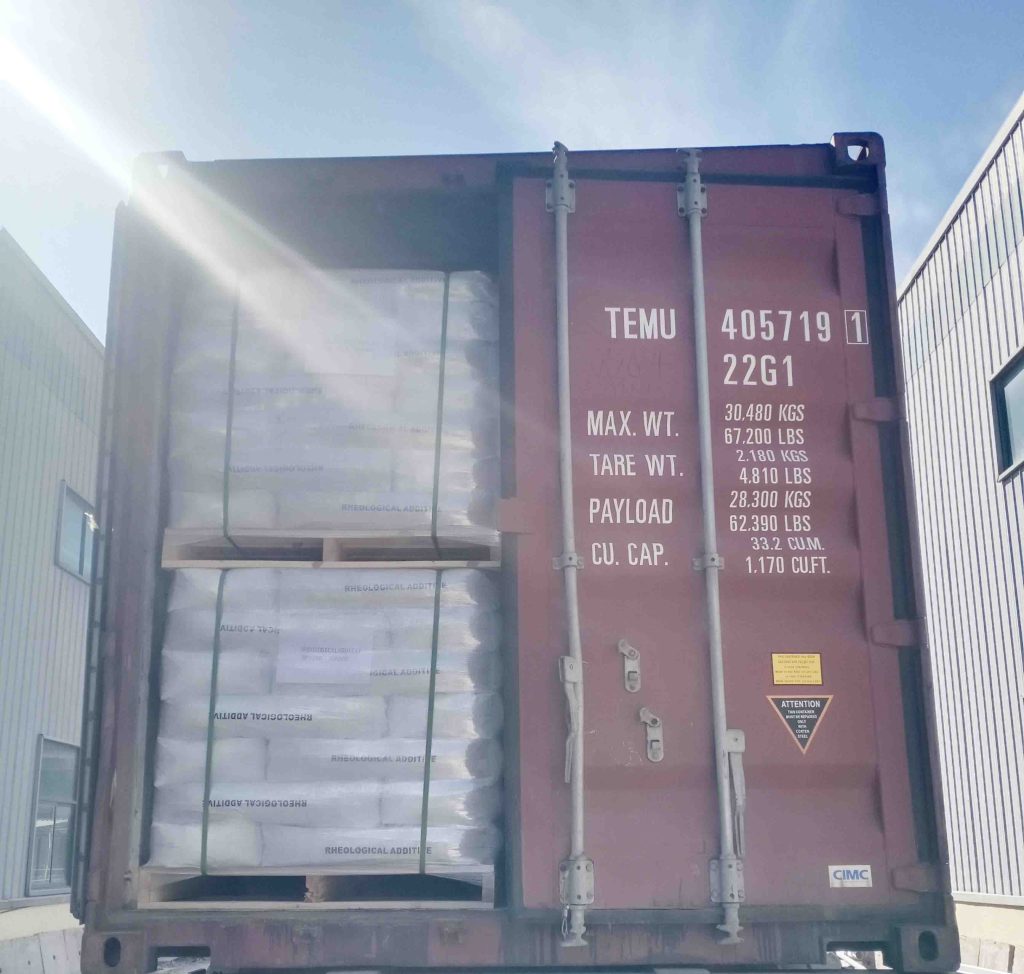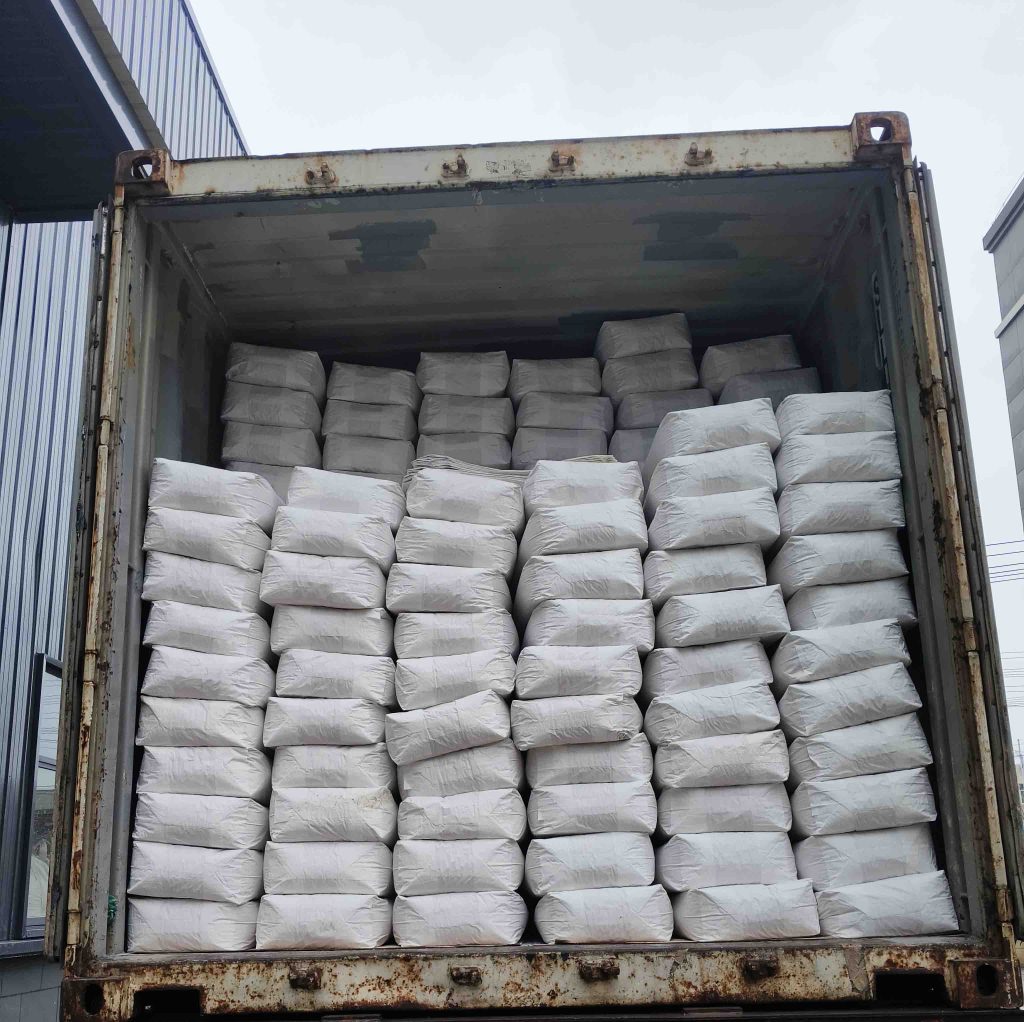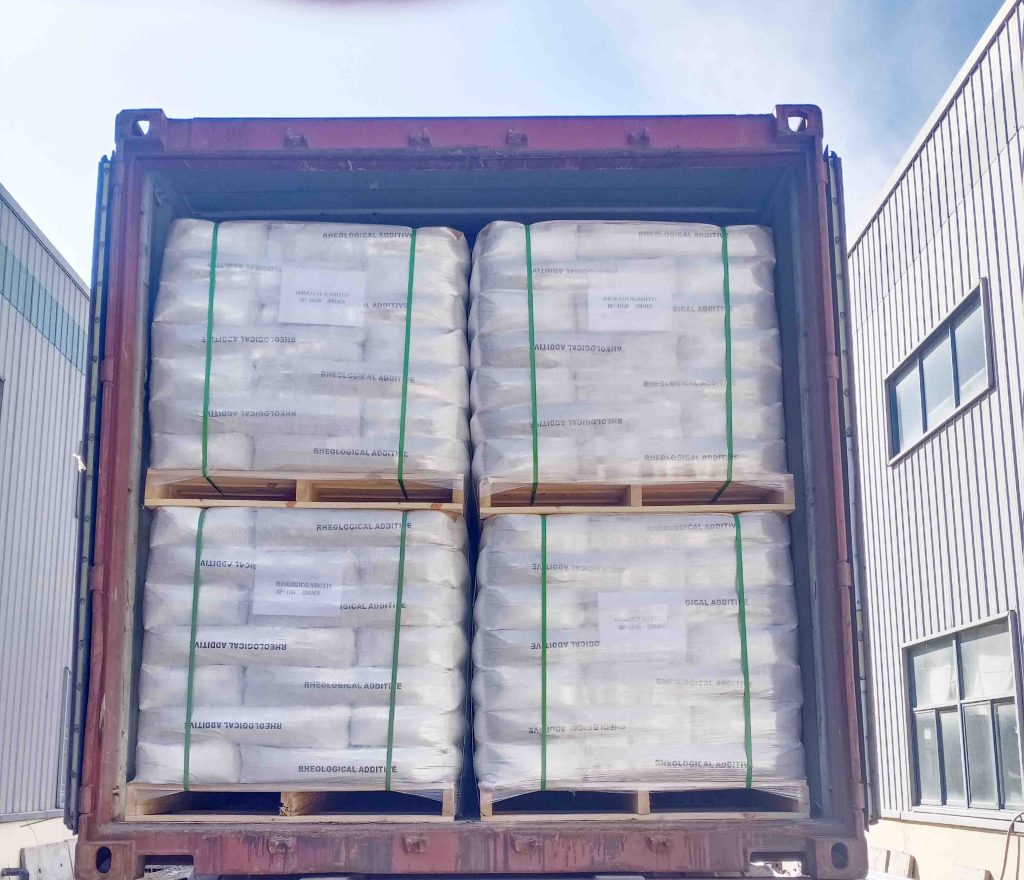Hollow glass bubbles : The advantages of hollow glass beads are mainly reflected in: light weight, low thermal conductivity, good chemical stability, sound insulation and heat preservation effect; high compressive strength, high melting point; small particle size, good mobility, easy to disperse in organic materials.
These characteristics make it has a wide range of applications in many fields, to promote the development of science and technology undertakings.
hollow glass bubbles

What Are Bead Blasting’s Applications?
| Aerospace industry | Remove rust and paint from mechanical components to remove knife marks. |
| Remove scratches on the rubber | Reflective paint for roads |
| Scratch treatment on the surface of stainless steel. | |
| Foundry industry; | Pre processing in the electroplating industry. |
| Semiconductor Industry | Crafts for exterior decoration |
hollow glass bubbles
The flow chart of the production process of hollow glass beads can be roughly divided into the following main steps, mbined with the relevant information in the referenced articles,
I will give it in the form of sub-point representation and summarization:
Raw material preparation:
Select appropriate glass raw materials, such as silica sand, soda ash, limestone, etc., and mix them according to a certain proportion.
Add auxiliary materials, such as emulsifiers (e.g., tin oxide, zinc oxide, etc.) for the manufacture of opaque or semi-transparent glass beads, clarifiers (e.g., antimony oxide, arsenic oxide, etc.) for the removal of air bubbles in the glass to improve the quality of the product, and thickening agents (e.g., silicates, phosphates, etc.) to regulate the viscosity of the glass solution to facilitate processing.
Quality inspection of raw materials to ensure compliance with production requirements, including chemical composition, physical properties and other aspects of the test.
Melting and ball making:
Mixed raw materials are heated to a high temperature to melt, and impurities and air bubbles in the melt are removed by clarifiers.
The melt is shaped into tiny spheres through nozzles or molds. This process requires precise control of temperature and flow rate to ensure the uniformity and dimensional accuracy of the glass beads.
Cooling:
The molded glass beads are subjected to a rapid cooling process to prevent the beads from being deformed or ruptured due to overheating.
- Purpose of cooling treatment
The main purpose of cooling treatment is to make the glass beads in high temperature molten state cool down rapidly, so as to solidify its form and maintain its hollow structure, and at the same time prevent the beads from deformation or rupture due to excessive thermal stress.
Second, the cooling treatment method
In the production of hollow glass beads, cooling treatment is usually realized by the following methods:
Water mist cooling method
Method description: The glass beads that have just been molded in the process of high-temperature flame gas flow movement, first pre-cooling yet, so that its temperature is reduced to near the softening point of glass, and then sent to the collector. In the collector, hollow glass beads are reinforced with cooling water mist at a temperature close to the softening point for heat exchange and rapid cooling.
Advantage: This method reduces the temperature of the beads quickly and avoids the problem of bead breakage that can result from direct water cooling. In addition, the cooling by water mist further cleans the surface of the beads from impurities.
Reference data: No specific data is available, but this method is a commonly used method based on water mist treatment technology for hollow glass beads.
Airflow cooling method
Method description: By controlling the speed and temperature of the airflow, the high temperature glass beads are gradually cooled down in the flowing airflow. This method requires precise control of the parameters of the airflow to ensure that the beads can be cooled uniformly and quickly.
Advantage: Airflow cooling reduces the temperature of the beads more uniformly and does not introduce additional impurities. However, the cooling rate may be slower compared to water mist cooling.
Processing and Handling:
Perform surface treatment on the cooled glass beads, such as polishing, coating, etc., to improve its appearance and performance.
Screening is carried out to classify the glass beads into different grades according to the particle size.
Packaging and labeling of screened glass beads in preparation for shipment.
Quality Control:
Quality check and control of raw materials, semi-finished products and finished products throughout the production process to ensure that the products meet the predefined standards and requirements.
Product Application:
Hollow glass beads are widely used in the fields of architectural coatings, lightweight concrete, fireproofing materials, plastic fillers, soundproofing materials and so on.
Size of glass beads for blasting
Model of Bead blasting glass | Sieve Size (mesh) | Particle Size Range(μm) |
WSL17L# | 20~40 | 425 ~ 850 |
WSL 18L# | 30~40 | 425 ~ 600 |
WSL 19L# | 40~60 | 300 ~ 425 |
WSL 20L# | 60~100 | 150 ~ 300 |
WSL 21L# | 70~140 | 106 ~ 212 |
WSL 22L# | 100~140 | 106 ~ 150 |
WSL 23L# | 100~200 | 75 ~ 150 |
WSL 24L# | 140~200 | 75 ~ 106 |
WSL 25L# | 140~270 | 53 ~ 106 |
WSL 26L# | 200~325 | 45 ~ 75 |
Specification of Bead blasting glass
| Specific gravity | 2.4-2.6 g/m3 |
| Stacking density | 1.5g/cm3 |
| Type | Blasting / Shot Peening Media |
| Spherical | |
| Rockwell hardness: | 46HRC |
| Mohs | 6-7 |
| Round rate | 80% |
| Melting point | 710-730 ℃ |
| Index of refraction | 1.5—1.6 |


